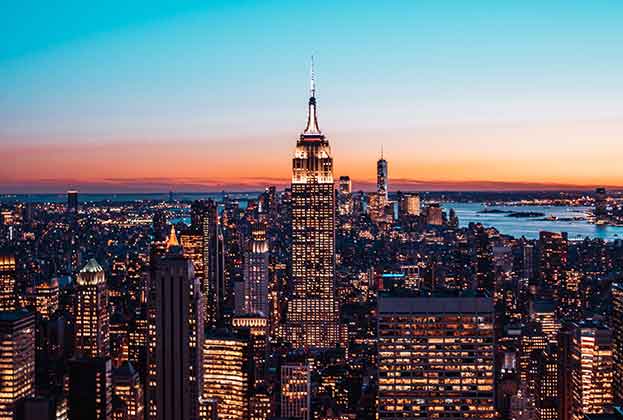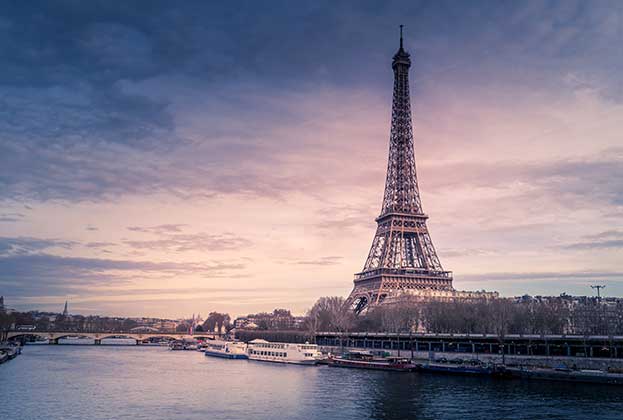From city scale to international visitor appeal, we explore the factors that make cities attractive for leisure investment
In order to try and answer this question, Savills created the Global Leisure Cities Index. The index compared 17 major global cities, cities that tend to be gateway markets for new international entrants, based on their market potential for leisure and food and beverage (F&B) operators.
In the context of leisure, our definition of leisure for the purposes of this analysis relates to standalone, innovative concepts centred around a specific activity, such as VR gaming, immersive art exhibitions, competitive socialising etc. that have a preference for city centre locations. In this instance, it does not include or relate to leisure parks.
The market potential as measured by the index, or rather market opportunity score, was based on five key metrics: city scale and spending power, leisure expansion opportunity, international visitor market size and appeal, propensity for leisure, and the ease of operating and associated real estate costs.
So what makes an attractive leisure city?
How do the results measure up?
New York takes first place (see chart, below). A large market with a relatively affluent population with household disposable income per capita at US$73,500, it is the highest of all the cities surveyed and 27% higher than second place Seoul. The city has a deep and varied F&B and leisure market with several international operators, but remains relatively undersupplied on a per capita basis, suggesting further opportunity for new and existing operators.
In second place is Seoul. Here, spend on leisure and recreational activities is 13% higher than third-place London. Seoul is one of the most innovative markets when it comes to leisure concepts. An esports hub, the city is home to several major esports arenas, while Nike is opening its first Nike Style store, a physical-digital retail concept. With a deep and growing leisure market, there remains room for further expansion, particularly considering current provision relative to population.
New York, Seoul and London offer the greatest opportunity to expansive leisure and F&B operators thanks to large affluent populations, high visitor numbers and a relatively undersupplied market
Marie Hickey, Director, Commercial Research
Two of the most populated European cities, London and Paris take third and fifth place respectively. London edged ahead due to higher per capita disposable incomes and expenditure, as well as being a more densely populated city with a higher ease of doing business score. Both cities perform well across all five index categories, representing an attractive opportunity for leisure and F&B operators.
Hong Kong ranks sixth, helped by a high propensity for leisure and eating out amongst its residents, driven in part by its density and relative affluence (per capita income is the second highest of the ranked cities, above $60,000 per annum). This is further enhanced by its historical appeal to mainland Chinese tourists with the city receiving three and a half times its population in overnight visitors in 2019; these visitors are expected to return in significant numbers this year now that China has lifted travel restrictions.
Future opportunity markets to watch include Istanbul (4), Bangkok (7) and Mumbai (12). Large, youthful markets, have urban populations in excess of 15 million, over a third of whom are aged between 15–34, a group with a high propensity for spending on leisure. A growing middle class means that they are likely to move up the agenda for expanding international F&B and leisure concepts. This is something that Soho House has already capitalised on with ‘Houses’ already established in Istanbul and Mumbai with Bangkok to open soon.
Read the articles within Savills Global Leisure Cities Index 2023 below.
.jpg)

